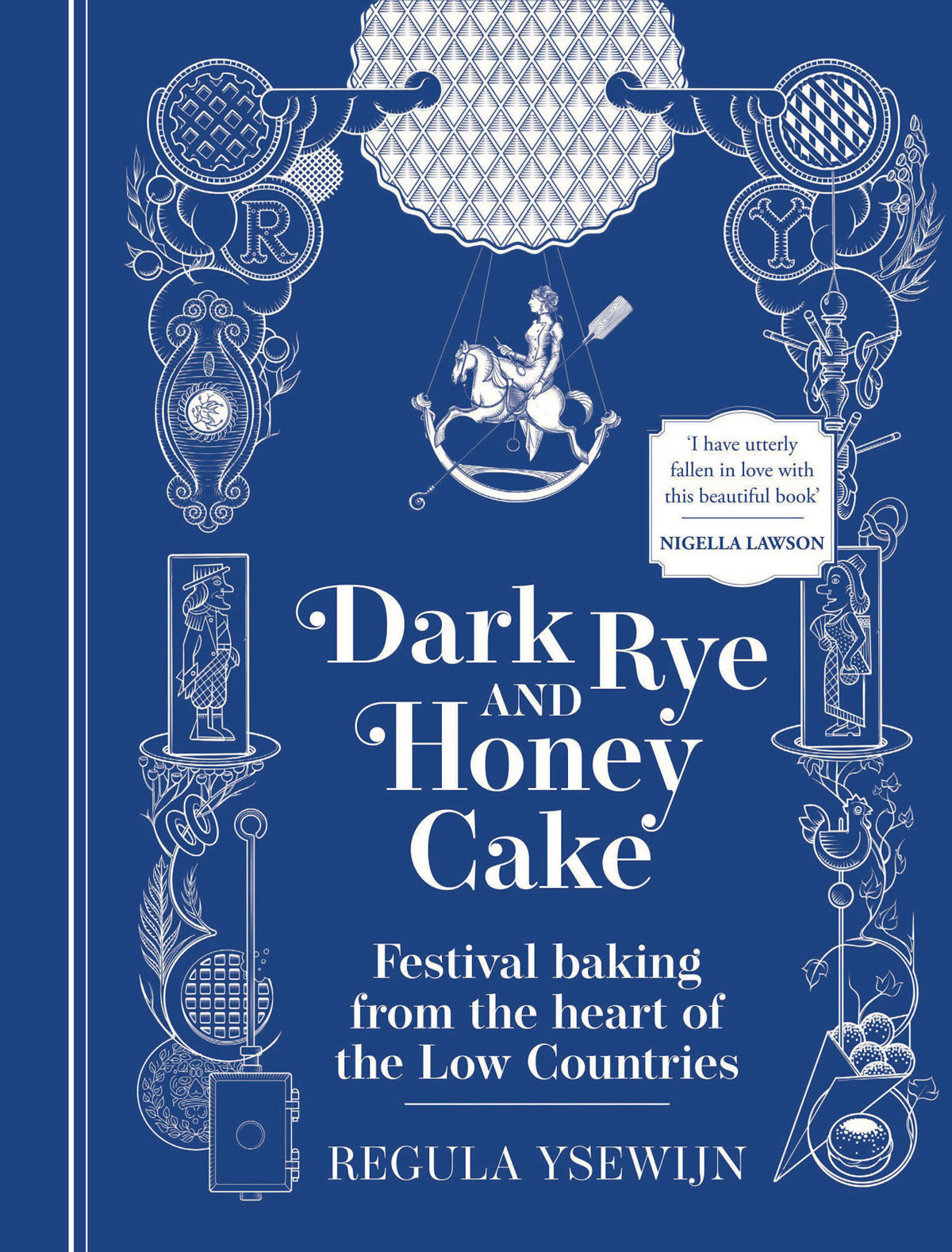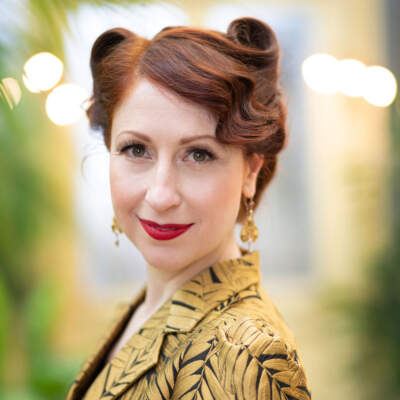Brussels waffles
 Makes about 12 waffles in a deep iron and about 22 in a plain one
Makes about 12 waffles in a deep iron and about 22 in a plain one Easy
Easy 2 minutes
2 minutesThe Vlaamse wafel or Flemish waffle is the largest waffle of the bunch: with its sharp corners and thickness it almost looks like a caricature of itself. The waffle is made from a light yeast batter, made even lighter thanks to whipped egg whites and a dash of baking powder. When baked properly the exterior should be crisp and the interior soft.
This is my adaptation of the recipe for Flemish waffles by the father of Belgian cuisine, Philippe Cauderlier, who was the first chef after the creation of Belgium in 1830 to publish cookbooks containing recipes with Belgian regional names. With his books he helped build a Belgian culinary identity.
However, if you looked for this waffle today you would not find it because somewhere in the early 20th century it was renamed Brussels waffle and the term Flemish waffle wholly disappeared. In cookery books from the last century, this waffle is usually named ‘batter waffle’; however, Vlaamse wafel is the most frequent dish with a Flemish heritage to appear in cookery books from before 1851. This was discovered by the Academie voor de Streekgebonden Gastronomie (ASG) in 2006. The reason we lost the name Flemish waffle is unknown, but I tend to blame our language divide in Belgium. This waffle is, after all, being marketed as ‘the Belgian waffle’ abroad, and Brussels is our capital city, the city that is supposed to unify this country.
The proper way to eat the Flemish/Brussels waffle is sitting down in a tearoom for a special occasion: with the waffle on a plate, cutting off row by row and square by square of the waffle. My husband and I had waffles at our favourite waffle house after our civil wedding; that is how special it is!
Ingredients
Method
- 200 g unsalted butter
- 800 ml ml full-cream milk
- 4 eggs
- 500 g plain flour
- 15 g instant dry yeast
- a pinch ground cinnamon
- ½ t salt
- oil or lard, for greasing if you don’t have a non-stick waffle iron
- icing sugar, to dust
- To serve (optional)
- unsalted butter
- whipped cream
- fresh strawberries
Method
Ingredients
1. Use a deep or plain waffle iron plate.
2. Melt the butter in the milk in a small saucepan over low heat, then set aside to cool. Meanwhile, separate the eggs.
Combine the flour, yeast and cinnamon in a large bowl or the bowl of an electric mixer, make a well in the centre and pour in the egg yolks followed by half the butter and milk mixture. Stir until completely incorporated, then add the salt and pour in the rest of the butter and milk mixture and mix well.
3. Whisk the egg whites to stiff peaks and fold them into the batter with large, gentle movements in order to keep in as much air as possible. Set the batter aside to rest for 1 hour at room temperature or in the fridge until you need it.
4. Preheat your waffle iron to the hottest setting and have your batter and a cup measuring tool (which works perfectly for my iron size) ready.
5. Ladle batter onto the waffle plate swiftly, spreading it into all the holes. The deep iron will need 2 cups of batter, the plain one needs 1 cup. Close and immediately turn the waffle iron 2–3 times (Belgian waffle irons rotate) so that the batter spreads evenly and all around. Bake to a pale golden brown colour, which will take just under 2 minutes.
6. Dust generously with icing sugar before serving: this is a must because the waffle itself isn’t sweet. Then offer toppings of butter to spread on top or whipped cream to pipe into the holes. I find fresh strawberries are too extravagant, but that is how the waffle was served at the New York World’s Fair in 1964. My husband and many other people like this waffle served in an old-fashioned, even historical, manner, topped with cold butter so it melts into the holes.

This is an extract from Dark Rye and Honey Cake: Festival baking from the heart of the Low Countries by Regula Ysewijn (Murdoch Books). Photographs Regula Ysewijn.


Comments